The Energy Information Administration (EIA) reports that the United States added 15 GW of generating capacity in the first six months of 2022. The top three technologies were wind (5.2 GW), natural gas (4.3 GW), and solar (4.2 GW), followed by battery energy storage.
By the end of the year, based on “high probability additions” as tracked by EIA, the year is expected to end with solar taking the largest share with 17.8 GW, followed by wind with 11.2 GW, natural gas with 9.2 GW, and battery energy storage reaching 6.2 GW of capacity. This means developers may be busy in the second half of this year, adding 29 GW to the grid nationwide.
More than 40% of the wind capacity that has been activated this year is in Texas, where 2.2 GW of wind was brought online. The largest projects installed and activated this year through six months include the 999 MW Traverse Wind Project in Oklahoma, the 492 MW Maverick Creek Wind in Texas, and the 440 MW solar and battery storage project at Slate Hybrid in California.
The EIA also tracks operable projects larger than 1 MW in size. Nationwide, there are 497 active natural gas plants, 202 coal plants, 138 wind facilities, 95 nuclear plants, 80 conventional hydroelectric dams, and 66 utility-scale solar facilities. New renewable energy projects coming online and retirements in coal fired plants, as well as natural gas and nuclear, are expected to shift these numbers.
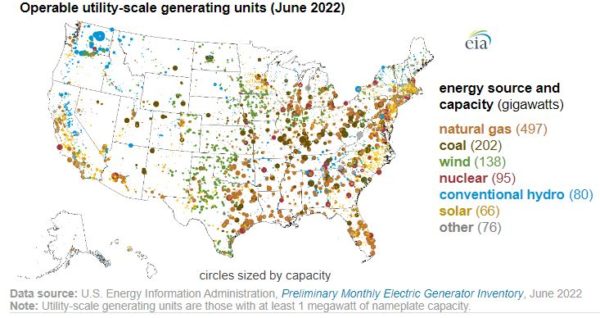
A significant amount of capacity, 15.1 GW, is expected to be retired this year. About 8.8 GW of capacity has already been taken offline in 2022. Coal plants, due to their heavy carbon emissions, have represented the largest portion of retirements, and will account for about 76% of all retirements for the year. This is followed by natural gas (12%) and nuclear (9%). A 1.3 GW coal plant was retired in Ohio this may, and a 1.2 GW station in Maryland retired in June. Additionally, a 769 MW nuclear plant was retired in Michigan this June.
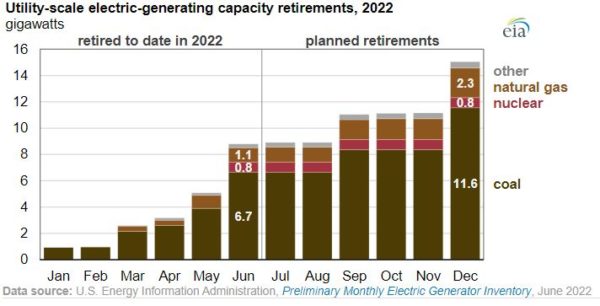
This content is protected by copyright and may not be reused. If you want to cooperate with us and would like to reuse some of our content, please contact: editors@pv-magazine.com.
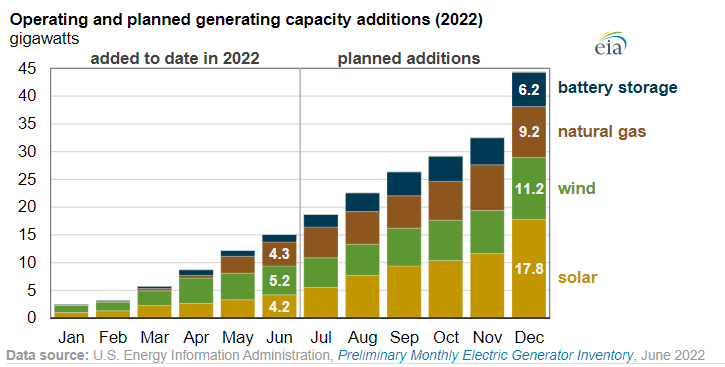
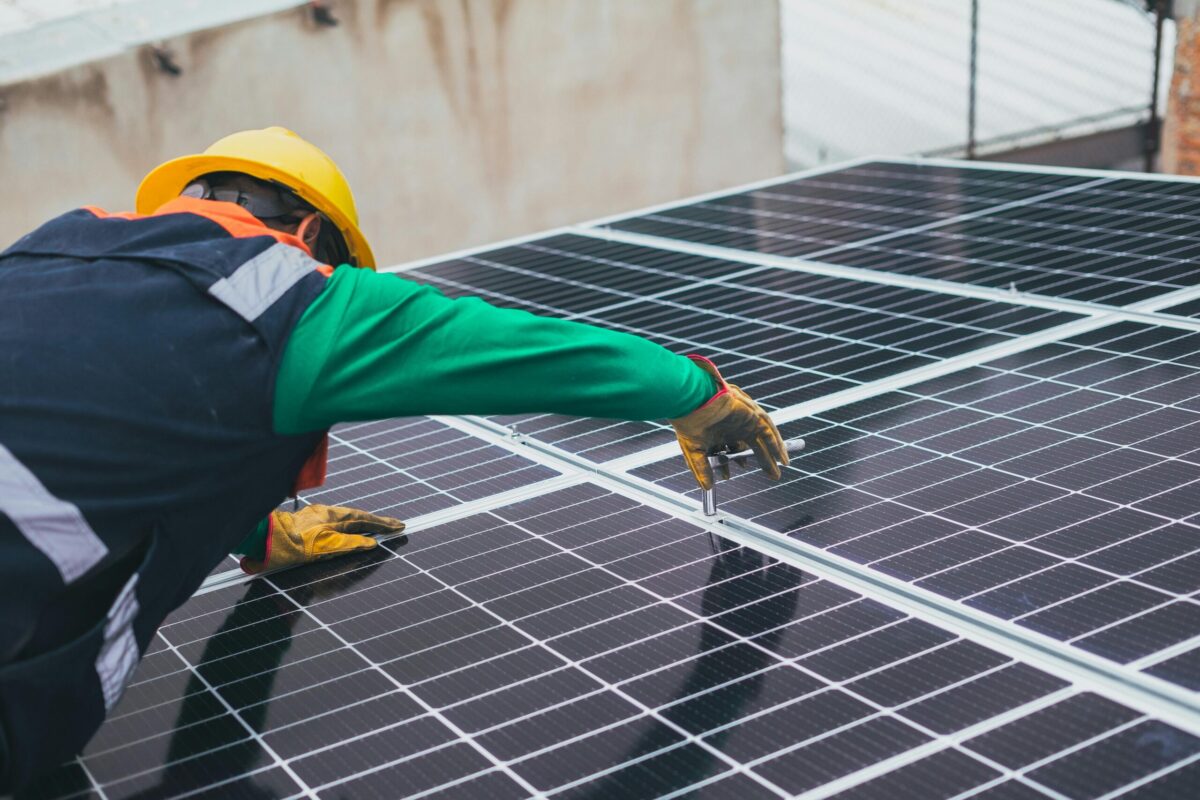






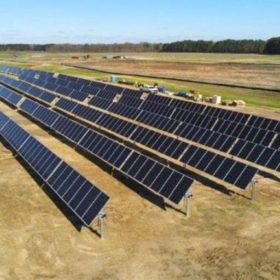
None of these figure’s account for the giga-watts of energy produced by residential rooftop solar that is keeping millions of kilowatt hours of usage off the grid. In California, PG&E says its nuclear usage in its mix of power went from 23% in 2004 to 39.3% in 2022. Since the output of its own Diablo Canyon nuclear power plant is always the same, the only way the percentage could go up is if the overall usage of power has gone down. Commercial Solar and wind and other renewables have gone from 2% solar and 3% geothermal in 2004 to 49% in 2022 including wind, solar geothermal, hydro, bio etc. 1.3 million homes in California have grid-tied solar and countless more have off-grid solar that cannot be even tracked.
The advent of LED lighting, high efficiency appliances can account for 25% of the Houshold usage reduction, but the differences are greater than that and must be the loads have been completely eliminated by roof top solar systems. Another proof is when we use less, the overhead stays the same so the price we pay gets raised to compensate for the lower usage. In 2004, the price was 14 cents per kilo watt hour and in 2022 it is 29 cents per kilo watt hour for residential customers of PG&E. Use less, pay more. The energy mix as 50% transmission and distribution and 50% generation of the power in 2004 and today it is 78% transmission and distribution and 22% generation of the power.
The insiders see the trend and want to “Tax the Sun” by raising the needed money from the rooftop solar customers and charge monthly fees or cut the compensation going to power that gets put back on the grid. Blaming all the reduced consumption and higher prices on just the people with rooftop solar does not take into account people are also using less power in their homes overall.
If we keep adding capacity but do not add storage and usage to use up that capacity, then the price per kilo watt hour to customers will keep rising. The Fix: Electric vehicles will add both usage and storage if their batteries can be tapped into in bi-directional charging and generation during daylight hours. Electrical bi-directional charging station for commuters at businesses, rapid transit station, airports, parking lots that will make the owner only pay the “net usage” after a day of charging and discharging from and into the grid or even get a credit on their “charging card” if they end up being a net donor on a particular day that the grid needs their power to be able to keep the lights on.